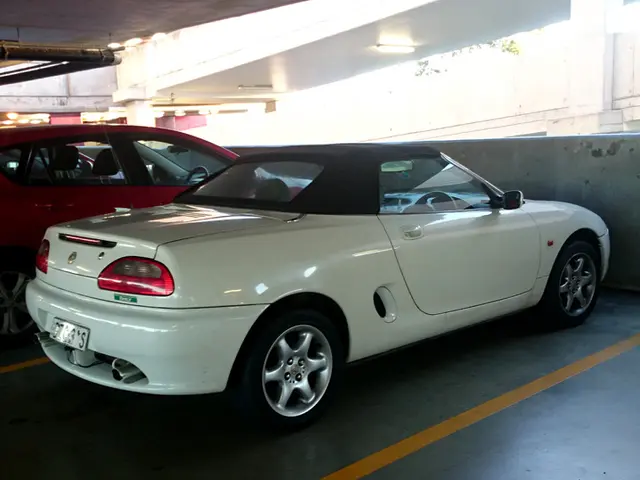Tragedy in air travel: At least 270 bodies discovered at Air India crash site in Ahmedabad; processes underway to confirm identities through DNA analysis.
Crashed Dreamliner: Unraveling the Mystery
The wreckage of a Boeing 787 Dreamliner, carrying 242 passengers and crew, has left a trail of tragedy in Ahmedabad, India––witnessing what has been recorded as the nation's worst aviation disaster in the past three decades.
The doomed flight, packed with 125,000 liters of fuel, plummeted seconds after takeoff on Thursday, slamming into a residential area, claiming all but one on board and at least two dozen lives on the ground[1].
Latest Updates
As of now, a doctor at Civil Hospital in Ahmedabad, Dhaval Gameti, reports 270 bodies have been processed[3]. The bodies were extensively charred or mutilated, making identification a daunting task for local authorities who are relying on DNA matching to confirm identities[2]. Relatives are anxiously awaiting permission to perform their last rites. Authorities anticipate up to 72 hours to complete the DNA matching process[4].
Around ten bodies retrieved at the crash scene (not related to passengers) have already been returned to families following identification[5].
The unfortunate casualties hail from various nations, with 169 Indian citizens, 53 British passport holders, seven Portuguese nationals, and one Canadian citizen among the passengers[6].
The sole survivor, Vishwash Kumar Ramesh, 40, is recuperating from his injuries at the Civil Hospital[7]. Dr. Gameti shares that Ramesh is “doing very well and will be ready to be discharged any time soon[7]."
Search for Answers
India's Civil Aviation Minister, Ram Mohan Naidu Kinjarapu, confirms that the flight's digital data recorder, or black box, has been discovered near the crash site by the Aircraft Accident Investigation Bureau (AAIB). They are now poring over its contents to determine the root cause of the catastrophe[8].
The Hi-tech AAIB, leading the probe, has already retrieved essential data from the cockpit voice recorder (CVR), dredging up crucial audio snapshots from the cockpit, including pilots' conversations, alarms, and other ambient sounds[9]. Forensic teams are still hunting for the flight data recorder, offering potential insights into engine and control settings[10].
Investigators, as Jeff Guzzetti, an aviation safety consultant, and former crash investigator for the US National Transportation Safety Board and Federal Aviation Administration, explains, could gather some vital answers about the crash as early as next week, provided the CVR is in good working condition[11].
The AAIB will closely examine details like whether the wing flaps were properly configured, if the plane suffered engine failure, out-of-place alarms, and whether the flight crew appropriately documented weather-related conditions and fuel and passenger weight[11]. Even minor discrepancies could impact wing alignment[11].
World Airlines operate approximately 1,200 Boeing 787 Dreamliners[12] globally, with this being the first fatal mishap since its initial deployment in 2006. US planemaker Boeing, constantly confronting safety challenges on other aircraft models, promises its full support to Air India[12].
- The breaking news about the crash of a Boeing 787 Dreamliner has sent shockwaves through the aviation industry, raising questions about the safety of this modern aircraft model.
- The economy, particularly the transportation sector and automotive industries, are watching the unfolding events closely, as the accident may have significant impact on public confidence and future sales.
- Financial analysts are already speculating about the potential negative effects on Air India and Boeing, as well as the insurance industry, with the general-news media reporting on the tragedy day and night.
- Investigators are examining the flight data recorder to find out if car-accidents, fires, or other unforeseen circumstances contributed to the accident, as every detail could be crucial in understanding and preventing such tragedies in the future.
- Meanwhile, the automotive industry is reminded of the importance of safety features and regulations, as the unfortunate crash underscores the responsibility that manufacturers have towards public safety and trust.








